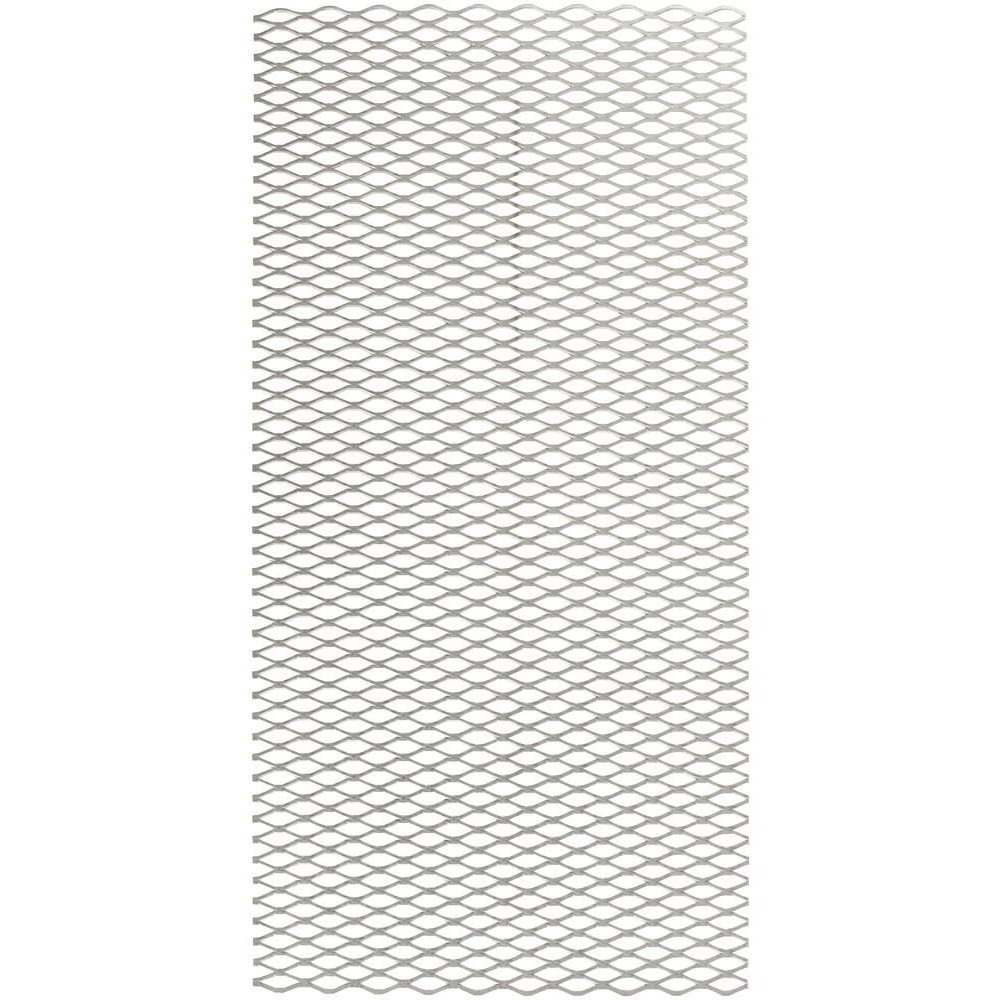Choosing the Right Nails for Roof Framing Projects to Ensure Durability and Safety
Aug . 14, 2024 02:57
Understanding Roof Framing Nails Importance and Application
Roof framing nails are a critical component in the construction and roofing industry. These specially designed fasteners play an essential role in ensuring the structural integrity and longevity of roofs. Understanding the types, features, and proper usage of roof framing nails is imperative for both DIY enthusiasts and professional contractors alike.
Types of Roof Framing Nails
There are several types of nails used for roof framing, and the choice largely depends on the specific requirements of the project
. Commonly, roofing nails come in two main types smooth shank and ring shank.1. Smooth Shank Nails These are the most basic type of roofing nails. They have a smooth shaft and are usually easier to drive into wood. However, they may not provide as strong a hold as some other types, making them less suitable for areas prone to heavy wind or severe weather conditions.
2. Ring Shank Nails These nails have ridges along the shank, which help to grip the wood more securely. This design prevents the nails from pulling out over time, making them a preferred choice for roofing applications. Ring shank nails are especially useful in climates where high winds are a concern.
Apart from these, there are also different materials and coatings available. Galvanized nails, for instance, are coated with zinc to resist rusting, which is crucial in roofing as exposure to moisture can lead to corrosion and deterioration.
Key Features of Roof Framing Nails
The dimensions of roofing nails are typically described by their gauge and length. A commonly used gauge for roof framing nails is between 11 and 12, and they often range in length from 1 to 2.5 inches, depending on the materials they are fastening together. The selected size should be long enough to penetrate the underlying material while providing a secure hold.
roof framing nails

Another noteworthy feature is the head design. Roofing nails typically come with a large, flat head that helps to hold roofing materials in place while preventing water from seeping through. Moreover, the head’s design ensures that it does not pull through the roofing shingles, maintaining the integrity of the overall roofing system.
Proper Usage and Application
When using roof framing nails, it's crucial to follow specific guidelines to ensure the best results. Here are a few tips for proper application
1. Spacing Proper spacing between nails is vital. Most roofing guidelines suggest that nails be placed about 6 to 8 inches apart along the edges of shingles and about 12 inches on the field. This spacing helps to distribute weight evenly and provides additional support.
2. Nailing Technique Nails should be driven flush with the surface of the material without embedding them too deeply, as this can compromise their holding power. Using a pneumatic nailer can help achieve consistent penetration depth and increase efficiency.
3. Weather Considerations It's advisable to use corrosion-resistant nails, especially in coastal areas or places with heavy rainfall. This practice will prolong the life of the roof and reduce maintenance costs in the future.
Conclusion
In summary, roof framing nails are an indispensable aspect of roofing construction. Their design, material, and proper application directly impact the longevity and reliability of roofing systems. By understanding their features and adhering to best practices in usage, builders and homeowners can ensure that their roofs are not only aesthetically pleasing but also robust enough to withstand the tests of time and weather. Investing in the right type of framing nails is essential for any roofing project, ultimately leading to a safer and more durable home.




















